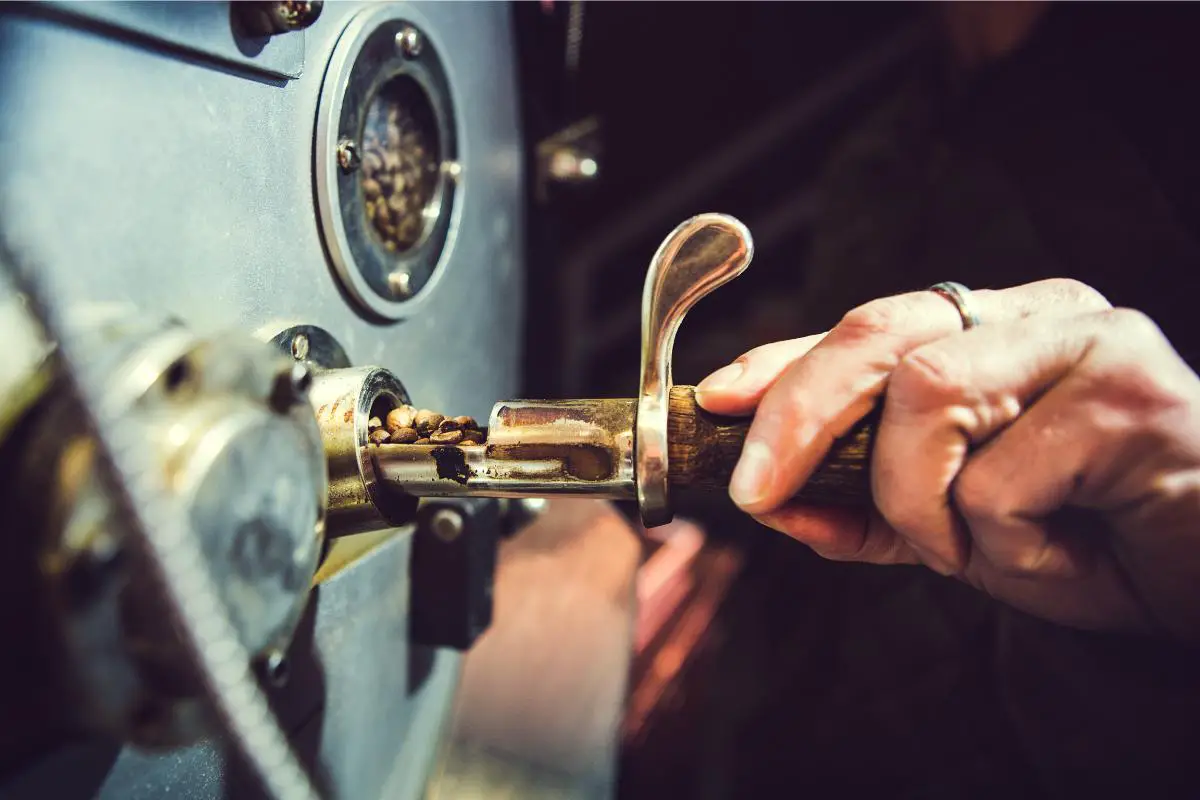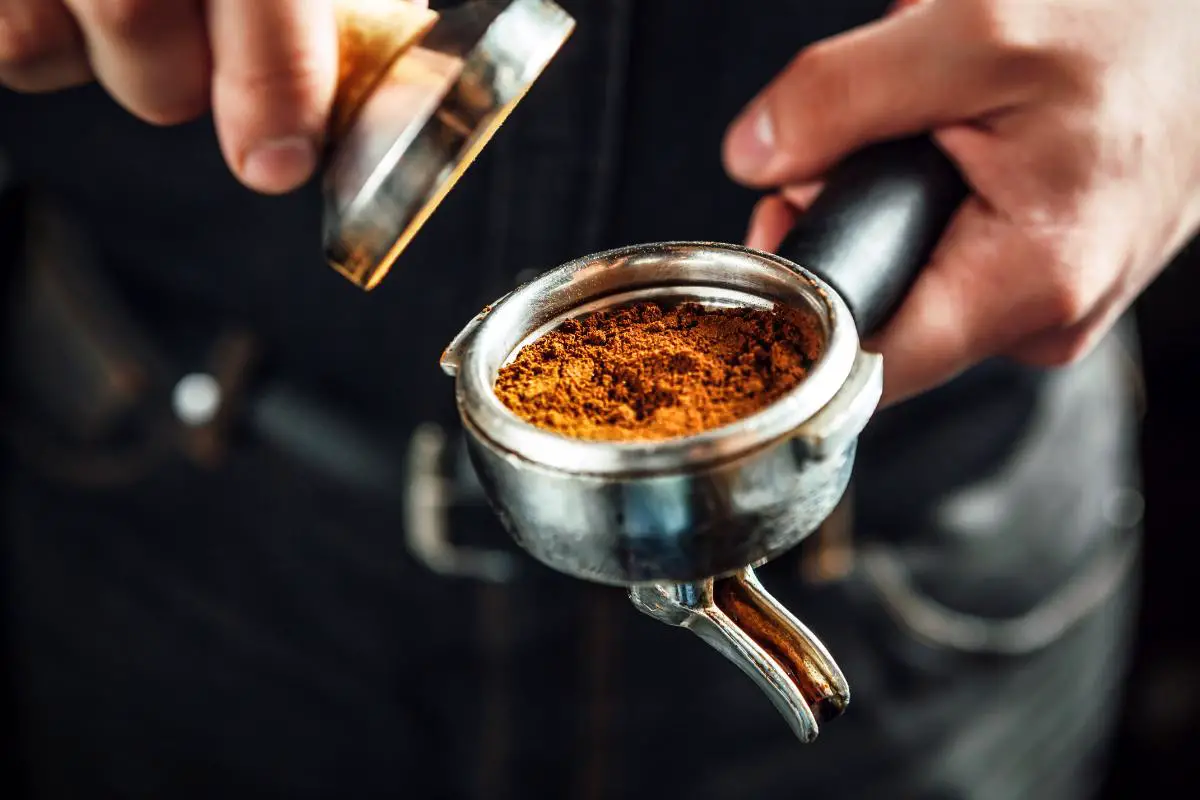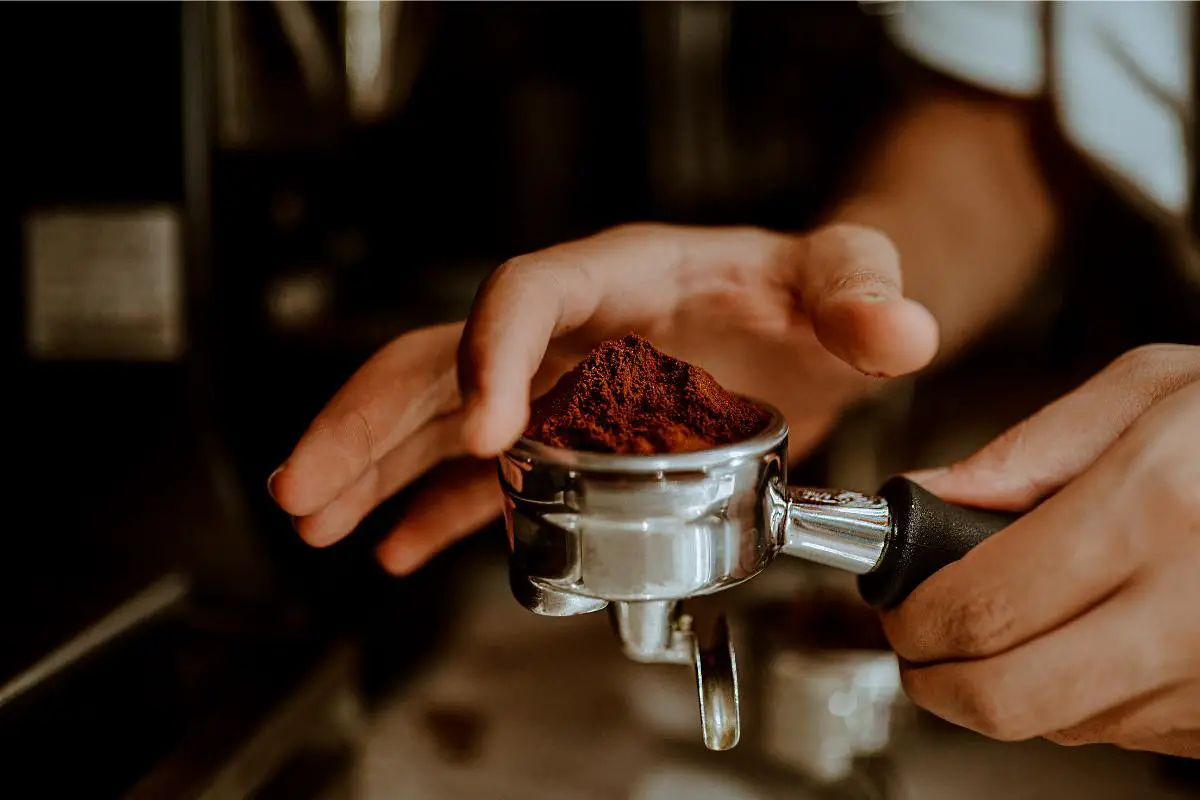While many people simply enjoy the taste of coffee, it is also a complex product that has been the subject of countless studies and experiments.
One of the most important factors that affect the taste of coffee is the roasting process.
Roasting is the process of heating raw coffee beans to transform them into the fragrant, flavorful, and aromatic beans that we use to make coffee.
A number of factors, including temperature, time, and the type of coffee bean used can influence the roasting process.
Depending on these factors, the resulting coffee can have a wide range of flavours, aromas, and characteristics.
In this post, we will explore the different roasting techniques used to create different types of coffee and how they affect the flavour and aroma of the coffee.
Table of Contents
The Basics of Roasting Coffee
Before we start the different roasting techniques, it is important to understand the basics of the roasting process.
Coffee beans are actually the seeds of the coffee plant, and they need to be roasted before they can be used to make coffee.
During the roasting process, the beans are heated to a temperature of around 400 to 450 degrees Fahrenheit, therefore, the roasting process causes several changes to the beans.
First, the beans will begin to release water as they heat up.
This water vapour will carry away some of the flavour and aroma compounds that are present in the beans.

As the temperature continues to rise, the beans will start to brown and the sugars and other organic compounds inside the beans will begin to break down and react with each other.
This is known as the Mallard reaction, and it is responsible for the complex flavours and aromas that are found in roasted coffee.
As the roasting process continues, the beans will undergo a second major change.
The heat will cause the oils inside the beans to move to the surface, where they will form a shiny coating known as the “coffee oil” or “coffee essence.”
This oil is used for the smooth, rich texture characteristic of a well-roasted coffee.
What Are The Different Coffee Roasting Techniques?
There are three main types of roasting techniques: light, medium, and dark.
Each of these techniques has a different effect on the flavour and aroma of the coffee.
Light Roasts
Light roasts are roasted for a shorter period of time than other types of roasts.
They are generally roasted to a temperature of around 350 to 400 degrees Fahrenheit and are often referred to as “Cinnamon” or “New England” roasts.
Light roasts are characterized by their light brown colour and their high acidity.
They are often described as having a fruity or floral taste, with a light body and a bright acidity.
Because light roasts are roasted for a shorter period of time, they retain more of their original flavour and aroma compounds.
This makes them ideal for single-origin coffees, where the unique flavour profile of the coffee is allowed to shine through.
Medium Roasts
Medium roasts are roasted to a temperature of around 410 to 430 degrees Fahrenheit.
They are also referred to as “American” or “City” roasts.
Medium roasts have a medium brown colour and are characterized by balanced acidity and a slightly sweeter taste than light roasts.
They also have fuller bodies and a more complex aroma profile than light roasts.
Medium roasts are popular with coffee drinkers because they strike a balance between the bright acidity of light roasts and the heavy body of dark roasts.
They are also more forgiving than light roasts, as the roasting process allows for some of the imperfections in the beans to be masked by the caramelization of the sugars.
Dark Roasts
Dark roasts are roasted to a temperature of around 435 to 475 degrees Fahrenheit.
They are often referred to as “French” or “Italian” roasts.
Dark roasts have a dark brown or black colour and are characterized by their heavy body and low acidity.
They also have a smoky or burnt taste, with a bitter aftertaste.
Dark roasts are popular in European countries, where they are often used to make espresso.
The roasting process for dark roasts causes the oils inside the beans to rise to the surface and form a thick coating.
This coating gives dark roasts their characteristic bold flavour and heavy body.
Effect of Roasting Techniques on Flavour
The roasting technique used can have a significant impact on the flavour and aroma of the coffee.
Light roasts retain more of the original flavour and aroma compounds in the beans, resulting in a brighter, fruitier taste.
Medium roasts have a more complex aroma and flavour profile, with a balance between acidity and sweetness.

Dark roasts have a heavy body and a smoky, bitter taste.
Roasting also affects the caffeine content of the coffee, contrary to popular belief, dark roasts do not have more caffeine than light roasts.
The roasting process actually causes some of the caffeine to break down, meaning that light roasts have a slightly higher caffeine content than dark roasts.
In addition to the roasting technique, the type of coffee bean used can also affect the flavour and aroma of the coffee.
Arabica beans are the most common type of coffee bean used, and they are generally considered to have a sweeter, more complex flavour profile than Robusta beans.
However, Robusta beans have a higher caffeine content and a more pungent, more bitter taste.
Conclusion
Roasting is an essential step in the process of making coffee.
The roasting technique used can have a significant impact on the flavour and aroma of the coffee.
Light roasts are bright and fruity, medium roasts are complex and balanced, and dark roasts are bold and heavy.
The type of coffee bean used can also affect the flavour and aroma of the coffee as Arabica beans are sweeter and more complex, while Robusta beans are more pungent and more bitter.
Therefore, by understanding the different roasting techniques and their effects on the flavour and aroma of the coffee, coffee lovers can choose the perfect roast for their taste preferences.
If you enjoyed this article, read more like this by checking out our Specialty Coffee Beginners Guides.




